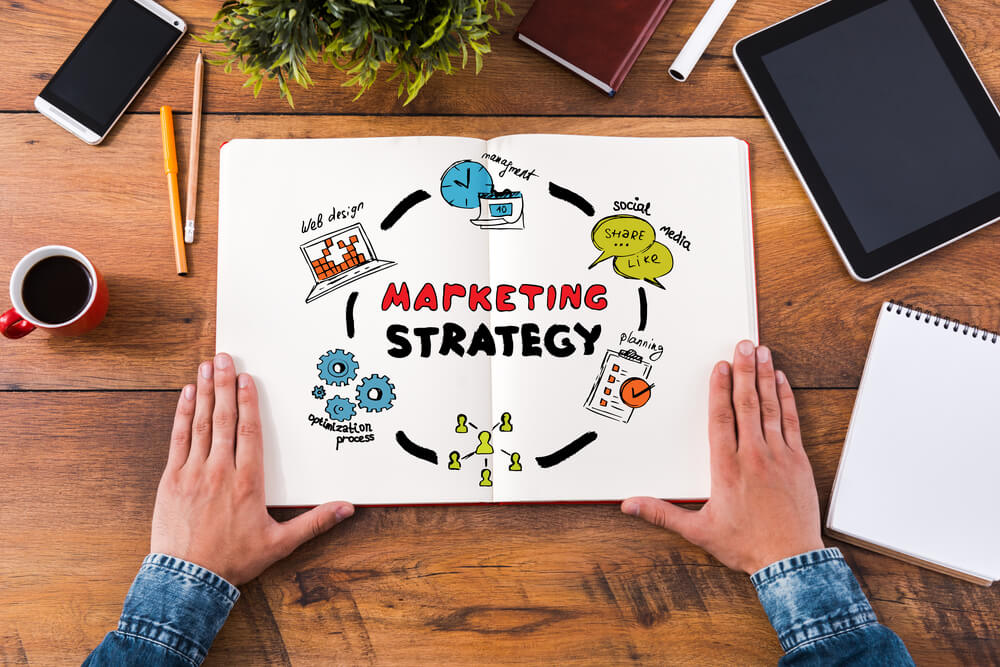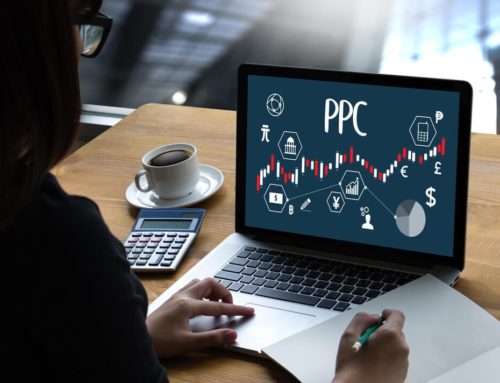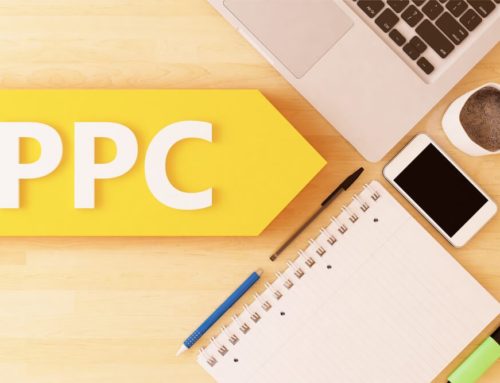For many firms, getting as many good leads as possible is the primary goal of their marketing strategy. But turning these into customers requires a very smart strategy using multiple tools.
Every firm has different priorities when it comes to marketing. For some, the key is to build up awareness gradually, so that a wide potential base of customers can be built up over time.
By contrast, other firms will consider it imperative to generate as many leads as possible as fast as they can. This means taking steps that will enable them to bring in new leads swiftly and potentially have paying customers within a short time of setting up shop.
What tools are available?
Because aims will differ, so will the best digital marketing tools to use. The key is to select the correct ones from a wide range. Among them are:
- Content marketing and SEO
- Pay-per-click (PPC) and advertising
- Email marketing
- Social media management
- Remarketing
- E‑commerce influencers
Of course, marketing decisions may be determined by a range of factors, from business strategy and the level of financial back-up available through to the nature of the business itself.
However, if yours is a firm that falls into the category of seeking to bring in leads quickly, it is clear that the marketing strategy should, in order to be successful, employ the most effective methods possible to achieve this.
Digital marketing provides several of these and the best strategy will never rely just on one of them, but a combination designed to help the customer through the whole of the buyer journey. PPC and Email marketing can offer a particularly effective multi-level marketing strategy.

What does the buyer journey involve?
Any marketing mix you choose should seek to cover different parts of the buyer journey, which has several stages. The first three are the commonly acknowledged parts:
- Awareness – the point where someone becomes aware of your firm and what it can offer
- Consideration – the period of time in which they are considering whether or not to make a purchase
- Decision – the point at which they are going to make their minds up, either to go ahead or walk away.
A fourth stage may be added, which is ‘delight’. This is a post-purchase stage in which you can help turn a one-off customer into a loyal and regular customer by providing excellent customer service and incentives to reward their loyalty.
By understanding these different stages, you can appreciate the effectiveness of a combination of PPC and email marketing.
How does PPC get the ball rolling?
PPC is a popular tool when a firm is not yet well established online. Since organic content marketing is focused mainly on awareness and even the best SEO takes several months to get content to the first page of search engine rankings, it is not ideal if you want to get the customers visiting your website very soon.
By contrast, PPC, by bidding for advertising space on the search engine rankings pages (or on social media pages) can get you there faster. Your ad still needs to be optimized, especially with the relevant search terms, but it offers not only a swift route to the attention of those using search but also a means of gaining leads whenever someone clicks on your ad.
Of course, it comes with a cost for each click, but you can set a budget to ensure you don’t end up spending too much. In the meantime, each of those clicks has the potential to be a future customer.
Before you get started, it is worth noting there are several options for the best PPC avenue:
- You can choose from search engine rankings pages and/or social media
- Several different search engines offer PPC (Google, Bing, and others)
- There are also various social media platforms you can pick from, which can be ideal when targeting the right audience for your products and services
How does Email marketing take your leads forward?

PPC can help get people to the awareness stage and into the consideration stage, but on its own many will not take matters further. This is where Email marketing can synergize with PPC to help turn warm leads into hot ones, and hot ones into customers.
The key is in the design of your PPC ads; by encouraging people to provide email details by signing up for more information about your products or something else of interest like a free newsletter, you can capture their email details and, potentially, some more details as well.
All this opens up the opportunity for you to send a range of tailored emails to your leads. Each of these can be designed according to what the lead is interested in and where they are in the buyer journey:
- The email can focus on the products or services they have expressed an interest in
- You can have emails designed for the consideration stage to seek to push them towards a decision
- Further emails can be aimed at those who are at the decision stage to nudge them over the line
- When someone has become a customer, further emails can provide them with opportunities for interaction and special offers to make repeat purchases
Another reason all these emails can help back up your PPC efforts is the ‘rule of seven’. This is commonly known to marketers and is an understanding that the typical customer needs to encounter a marketing message seven times before making a buying decision. This is why a marketing campaign using multiple tools that offers several opportunities to contact people is more likely to bear fruit.
What tools can help an email marketing campaign?
At first, it can seem daunting to be faced with a plethora of leads, with large numbers of different people interested in various things and at various stages of the buyer journey. Having designed several different emails, how can you be sure you are sending them to the right people.
The good news is that there are several email marketing systems that let you split up people into different categories (known as groups or segments). These include Mailchimp, GetResponse and Optin Monster.
SOURCE: Business Matters










